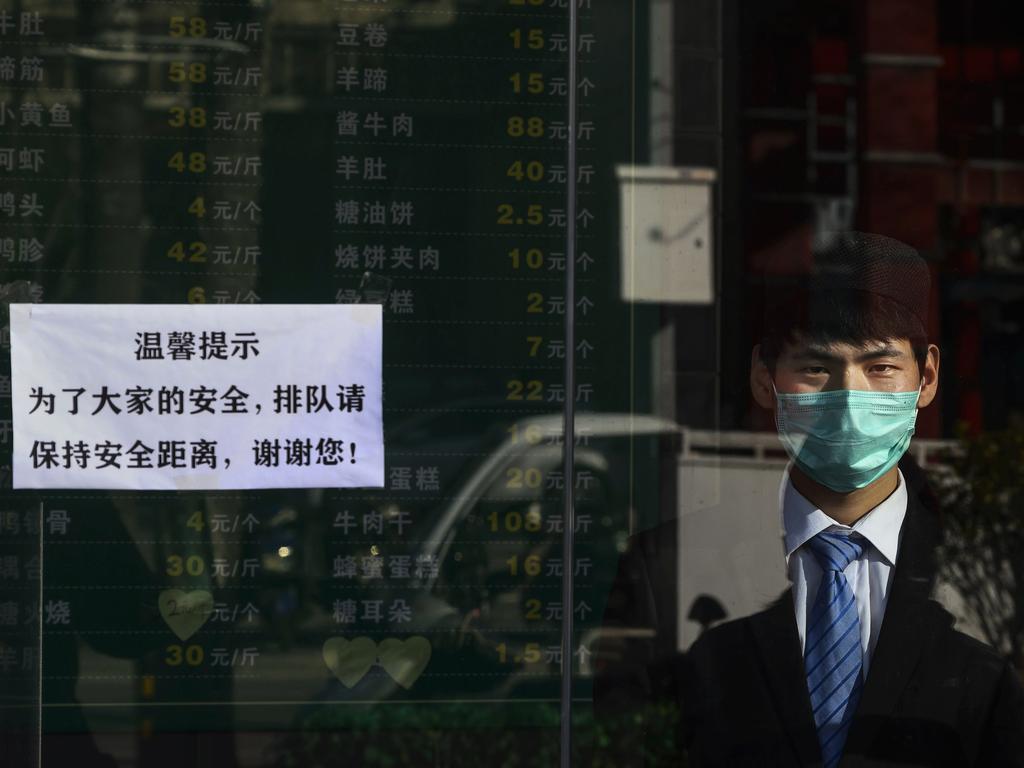
The unemployment rate rose to 5.3 per cent in January from 5.1 per cent in December, sending the Australian dollar down to its lowest level since March 2009.
It means that recent jawboning by senior RBA officials aimed at lifting confidence across the economy will look a little forced if they continue.
Significant doubt now hangs over the idea that three interest rate cuts and a tax cut in 2019 will be enough to lift the economy out of what has been the worst growth slump since the global financial crisis.
GDP growth ran at just 1.7 per cent year-on-year in the third quarter of last year, its slowest pace in close to a decade.
Just a few weeks back the RBA said it was sticking with forecasts for GDP growth of 2.75 per cent in 2020, and 3 per cent in 2021. Most economists puzzled in disbelief then about the hairy-chested assumptions. They are far less convinced now.
And the rise in unemployment in January comes just as things are about to get a whole lot worse. The effects of summer bushfires, the coronavirus and an economic slowdown in China has yet to register fully in the data.
The RBA said this week the coronavirus would have a material impact on the economy, but it stopped short of putting a number on it.
To be sure, nobody knows just what that shock will amount to, but Australia is uniquely positioned to feel every bump from Beijing, with more than a third of its exports sent to China. A temporary ban on Chinese tourists entering Australia and the stranding of Chinese students outside of the country will channel more pain towards tourism and education exports, both significant engines of growth.
Falling unemployment in November and December had given the RBA confidence that things were improving. Governor Philip Lowe enthusiastically pushed a mantra that the economy had reached a “gentle turning point”. He may retreat from that here on in.
The detail of the unemployment report were pretty grim. The numbers showed considerable slack remains in the labour market, with underemployment rising. That suggests the long years of flat wages growth will drag on.
Perhaps more alarmingly the pace of job creation has slowed to be less than the rate of population growth, and the unemployment rate is again moving away from the RBA’s estimates of full employment. It pegged that at an unemployment rate of 4.5 per cent a year ago.
This is the weak backdrop that will frame the government’s 2020-21 budget to be announced in May. By then things could look considerably worse, putting more pressure on Canberra to deliver some targeted stimulus. So far that idea has been ignored.
The souring economic environment brings closer another interest rate cut. Many economists expect the RBA will pull the trigger on a cut in the cash rate from 0.75 to 0.5 per cent in April. Waiting until then gives the RBA a bit more data on the job market to look over.
An upward trend in the jobless rate coupled with more bad news from the global economy would cement the case for a rate cut. But it would be a reluctant cut for the RBA, which does not want to venture any closer to the precipice of deploying quantitative easing.
QE is something Canberra should also want to avoid given that it’s only likely to stoke fear among consumers who are not familiar with what will be viewed as emergency policies measures.
The RBA is right to have warned that moving toward QE would create distortions within the economy, such as inflating house prices, and making matters worse around the problem of record household debt and stagnant wage growth.
For the RBA, the strategy of plastering on a smile and trying to talking up the economy may have to be replaced with action.
Dow Jones Newswires








A sharp jump in the unemployment rate in January has put a wrecking ball through the Reserve Bank of Australia’s recent efforts to appear unrelentingly optimistic about the economy.